#A.R.
Explore tagged Tumblr posts
Text
AI Simplify Science Communication Enhancing Understanding and Trust

The concept of utilizing Artificial Intelligence (AI) to simplify science communication and restore public trust in science is an active area of research. The complexity of scientific language often poses significant barriers to public understanding, necessitating more accessible communication methods. Recent studies highlight AI’s innovative role in bridging the gap between scientific discourse and public comprehension.
Simplifying Scientific Content with AI
AI is proving to be a powerful tool for producing simplified scientific summaries that enhance public comprehension. Research led by David Markowitz, an associate professor of communication at Michigan State University, demonstrates the ability of AI to generate clear, concise summaries of scientific articles. The study utilizes the advanced language model GPT-4 by OpenAI to distill complex scientific content into understandable formats. The Role of AI in Generating Summaries In a striking demonstration of AI's capabilities, Markowitz's research reveals that AI-generated summaries significantly outperform traditional human-written content in terms of readability. These AI summaries use simpler language and more common terms, making them easier for the general public to grasp the core ideas of scientific studies.

Photo by Pavel Danilyuk Improving Public Comprehension Empirical evidence supports that participants exposed to AI-generated summaries were more likely to provide accurate and detailed recaps of the content compared to those who read human-authored summaries. This gain in understanding underlines AI's potential to foster better public engagement with science by demystifying complex topics.
Impact of Simplified Science Communication on Public Trust
The way scientific information is communicated can have profound implications for how the public perceives scientists and their work. Markowitz’s experiments indicate a direct correlation between simplified science communication through AI and the enhanced credibility of scientists in the eyes of the public. Credibility and Trustworthiness of Scientists Studies reveal that scientists whose research is described using simpler terminology are viewed as more credible than those whose work is communicated through complex jargon. As clarity increases, so does public trust, suggesting that effective communication strategies can promote a more favorable outlook towards scientific endeavors. Encouraging Engagement in Scientific Issues Improved science communication has the potential to drive greater public engagement with scientific issues. By making science more relatable and accessible, individuals may feel more empowered to discuss scientific topics, participate in dialogues, and support evidence-based policies.
Critical Engagement and Evaluation of AI in Science Communication
As AI's role in science communication expands, it is crucial to critically evaluate its capabilities and address potential biases in the information it disseminates. A comprehensive framework for assessing AI-generated content focuses on the reliability of data sources, recency, and adherence to scientific rigor. Framework for Evaluating AI Technologies Implementing a structured framework involves evaluating the underlying data from which AI derives its summaries. Considering the reliability of these data sources is integral to ensuring that the public receives accurate representations of scientific knowledge. The Role of Anthropomorphism in AI Interaction How users perceive AI can greatly influence their trust levels and the overall effectiveness of communication. Understanding the anthropomorphism of AI—how people interact with and attribute human-like qualities to AI technologies—is fundamental, especially for users with varying levels of digital literacy.
Addressing Misinformation and Ethical Considerations
While AI has the potential to simplify scientific communication, it also introduces challenges surrounding misinformation and oversimplification. Balancing accessible communication with the complexity inherent in scientific discourse is crucial to avoid misinterpretations. The Importance of Transparency in AI-Generated Content Transparency is essential in AI-generated communications. It is vital for AI systems to clarify the origins of their summaries to mitigate risks of bias and misunderstanding, ensuring that consumers of this information can trust its validity. Establishing Norms for AI in Academic Publishing The academic publishing industry is currently navigating the integration of AI into its processes. There is a pressing need to establish norms that scrutinize the use of AI in producing and presenting scientific content to safeguard the integrity of academic communication.
AI Applications in Public Health Communication
AI technology is also making strides in addressing public health messaging and risk perception. Research into how AI can 'Extract Insights from Digital Public Health Data' illustrates how AI can analyze massive datasets and provide meaningful insights that inform public health policies. Leveraging AI for Analyzing Public Health Data AI's ability to process and analyze large volumes of data holds considerable promise for enhancing the effectiveness of public health communications. Studies show that AI can identify trends, assess risks, and support the decision-making processes of public health officials. Strategies for Effective Health Communication Integrating AI into public health communication strategies can streamline the dissemination of information, ensuring transparency and combating misinformation. Adopting best practices in health communication can help in building public trust and improving health outcomes.

Photo by Merlin Lightpainting
Building Trust and Engagement in Science Communication
Various initiatives and workshops aimed at enhancing science communication through AI are emerging, focusing specifically on building trust between scientists and the public. Events emphasize the importance of dialogue, inclusivity, and accessibility in scientific discourse. Innovative Events and Symposiums Conferences like the "Civic Science & Ethics in the Age of AI: Building Trust" symposium at the University of Notre Dame aim to develop innovative strategies for effective science communication. These events foster productive exchanges between scientists and the public, highlighting the essential role of trust in science communication. Government and Organizational Efforts in AI Innovation Organizations such as the National Institute of Standards and Technology (NIST) are spearheading efforts to promote responsible AI development. The NIST AI Innovation Lab works on establishing standards and guidelines that contribute to building trust in the use of AI across various sectors of society.
The Future of AI in Science Communication
The integration of AI into science communication presents an exciting opportunity to simplify complex scientific information and enhance public understanding. However, ethical considerations, transparency, and the preservation of scientific nuance must remain paramount as the technology continues to evolve. As we look forward, the role of AI in science communication is expected to expand, ultimately contributing to a more informed public and deeper engagement with scientific issues. For more similar news, I invite you to visit my blog at FROZENLEAVES NEWS. ``` Read the full article
0 notes
Text
Jamaican Illustrator @Graytness Shares Augmented Reality "The Future Of Jamaica" Piece
To say Jamaica is a talented Country is an understatement. The Island boasts some of the most creative minds, with skillsets that have rivaled many the world over, and influenced generations. From Music, to Fashion, to Food, to Art, it’s never normal when it comes to Jamaicans. When it comes to Art, Jamaica has produced some very special individuals. From Cecil Baugh, to Edna Manley, to Albert…

View On WordPress
#13thstreetpromo#13thstreetpromotions#A.R.#Art#artist#artwork#Augmented Reality#blog#Creative#GrayT Art#GrayTArt#Graytness#jamaica#jamaican#Jevaughn Gray#music#Technology#The Future Of Jamaica
0 notes
Text

A date with Cardassia
#ds9#elim garak#obsidian order#star trek#cardassians#Ref to that one scene “Because Obsidian order IS Cardassia!” What can I say it goes hard#I haven't read ASIT yet; because I fear that A.R. will somehow percieve I exist when I listen to the audiobook and we cant have that
2K notes
·
View notes
Text
It's world poetry day so here are some (more) of my favorite poems:
What You Missed That Day You Were Absent from Fourth Grade by Brad Aaron Modlin
All Trains Are Going Local by Timothy Liu
Rural Boys Watch the Apocalypse by Keaton St. James (@boykeats)
HOPE YOU’RE WELL. PLEASE DON’T READ THIS. by Lev St. Valentine (@dogrotpdf)
Time of Love by Claribel Alegría
Every Job Has a First Day by Rebecca Gayle Howell
ALL THAT WANTING, RIGHT? by Devin Kelly
Reading by A.R. Ammons
things i want to ask you by Helga Floros
Night Bird by Danusha Laméris
Prayer for Werewolves by Stephanie Burt
The Two Times I Loved You the Most In a Car by Dorothea Grossman
The Yearner by Rachel Long
If I Had Three Lives by Sarah Russell
I Dream on a Crowded Subway Train with My Eyes Open But My Body Swaying by Chen Chen
We Have Not Long to Love by Tennessee Williams
Jesus at the Gay Bar by Jay Hulme
Cracks by Dieu Dinh
and here's part one <3
#already working on next year's list <3#these are a few of my favorite things#brad aaron modlin#timothy liu#keaton st. james#lev st. valentine#claribel alegría#rebecca gayle howell#devin kelly#a.r. ammons#helga floros#danusha laméris#stephanie burt#dorothea grossman#rachel long#sarah russell#chen chen#tennessee williams#jay hulme#dieu dinh#world poetry day#poetry#literature#poetry recs#not to me not if it's queue
2K notes
·
View notes
Text
Way to Go
by A.R. Ammons
West light flat on trees: bird flying deep out in blue glass: uncertain wind stirring the leaves: this is the world we have: take it
439 notes
·
View notes
Text





PAINLAND WEEK - DAY TWO - MYTHS/LEGENDS → Sophus Helle, Gilgamesh — tablet XII, lines 87-95
#dead boy detectives#painlandweek#payneland#dbda#charles rowland#edwin payne#jayden revri#george rexstrew#dbdagifs#mygifs#dbdaedits#myedits#dbda and gilgamesh#if there's any babylonian scholars in the fandom#im sorry i tried my utmost best#my linguistics degree did not entirely prepare me for this#i did hours of research for this and i'm not even sure the cuneiform is right#because i could not find any visual documentations of these lines on tablet xii#and so i was relying on a.r. george's 2003 'the babylonian gilgamesh epic'#along with an akkadian dictionary and ePSD#and even then i'm not sure i have the right characters
848 notes
·
View notes
Text
so like a really long time ago i saw this video of anne rice talking about vampire creativity and she basically said that vampires can't make anything artistically valid, that that type of creativity is reserved for human beings and this ep really made me think about that bc these vampires really want to make things but then they get frustrated when what they make isn't good and they can't find what they're looking for in their work but what's missing is the humanity. louis can see things that human beings can't bc of his vampiric abilities but that doesn't automatically give him a leg up irt making art, his work is more documentation than capturing singular moments. and he's frustrated that he can't connect w his subjects and it furthers his feelings of alienation from humanity bc why can't he just do it? why can't he convey the things he's trying to w his photos? and then he covets human work bc the spark required to make it is unavailable to him
#and then when he's doing his art critique in his room the points made are purely technical (the lens is dirty the cloud cover etc.)#but you can take a blurry dirty photo and still convey deep emotion through it but louis' lost the ability to make art bc he's a vampire#sorry to invoke a.r. but it was relevant#vampterview#iwtv spoilers
657 notes
·
View notes
Text
8 amazing trans books for trans day of visibility!



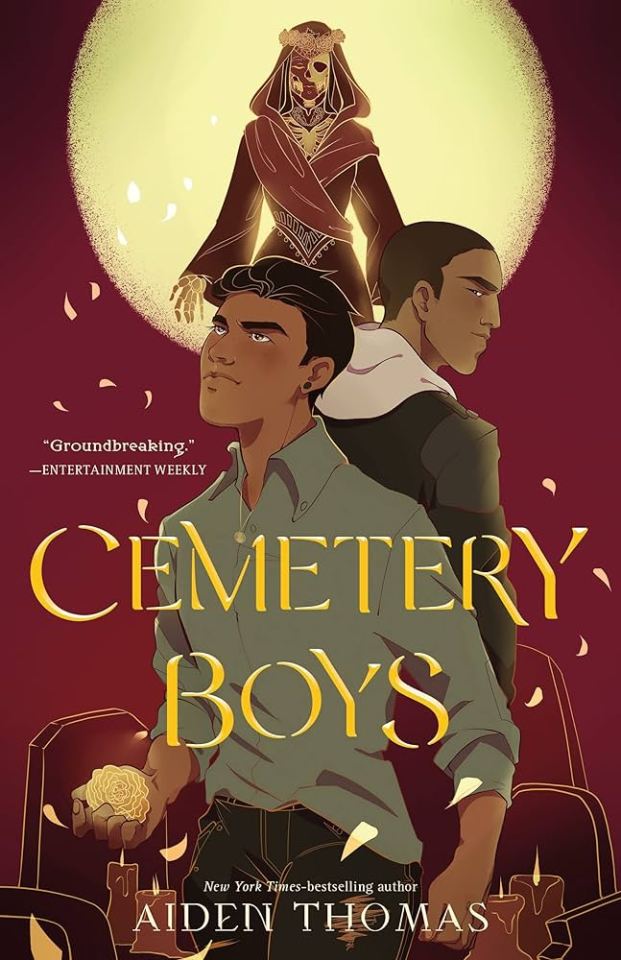
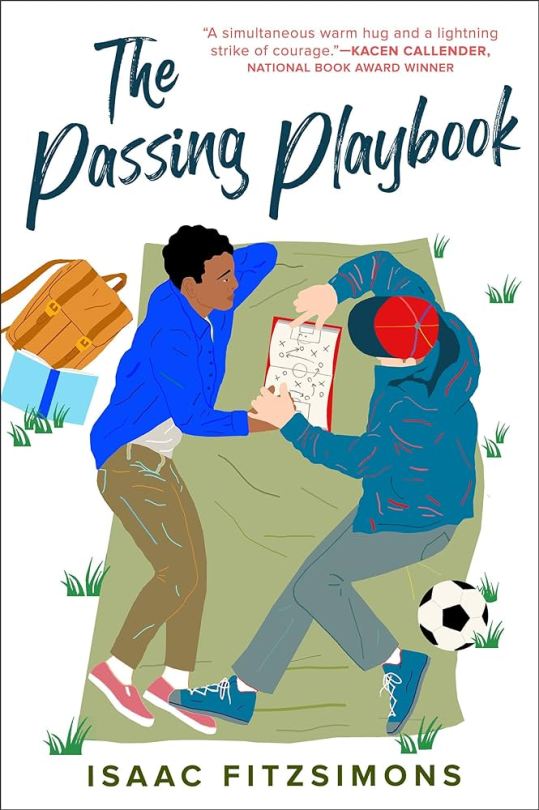

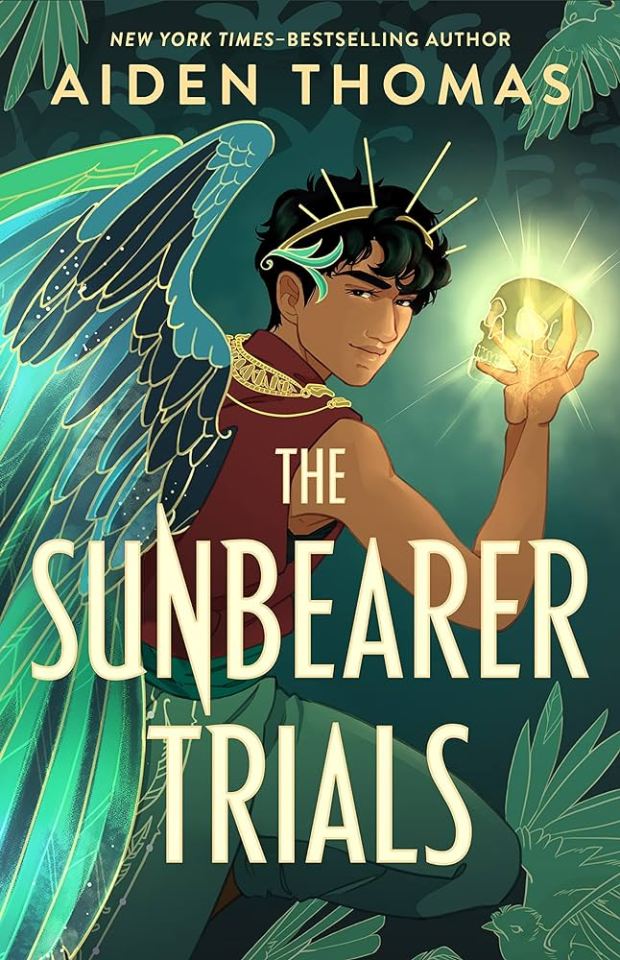

#transgender#trans#trans day of visibility#the spirit bares its teeth#a lady for a duke#the heartbreak bakery#cemetery boys#the passing playbook#baker thief#the sunbearer trials#magical boy#alexis hall#andrew joseph white#a.r. capetta#aiden thomas#isaac fitzsimmons#claudie arseneault#the kao#trans books#book recs
403 notes
·
View notes
Text
Agender Books To Read For Agender Pride Day
Happy Agender Pride Day! Here are some books with agender characters you should read:




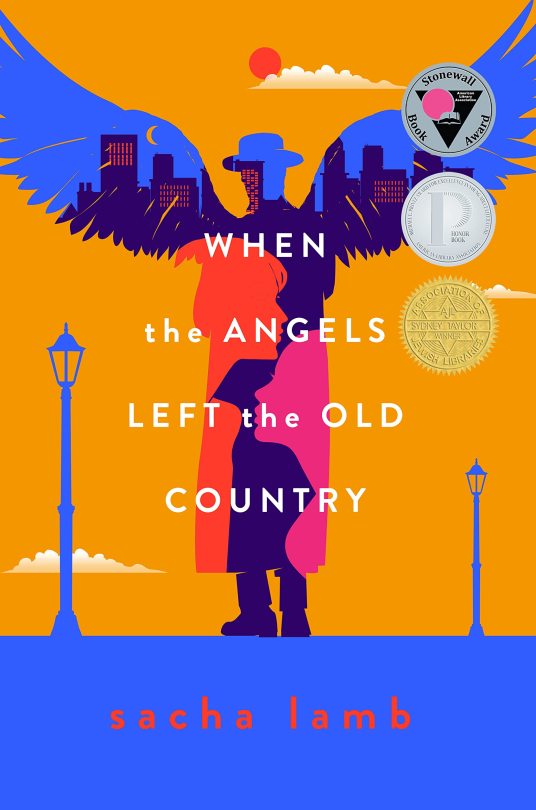
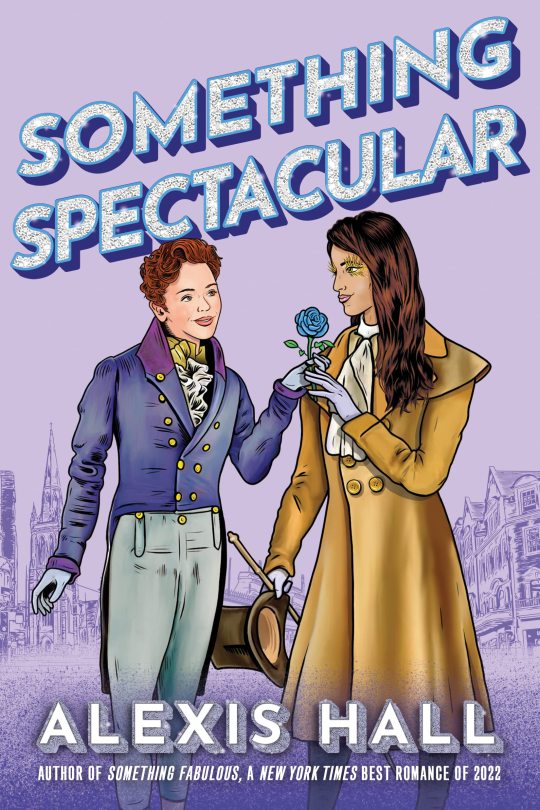
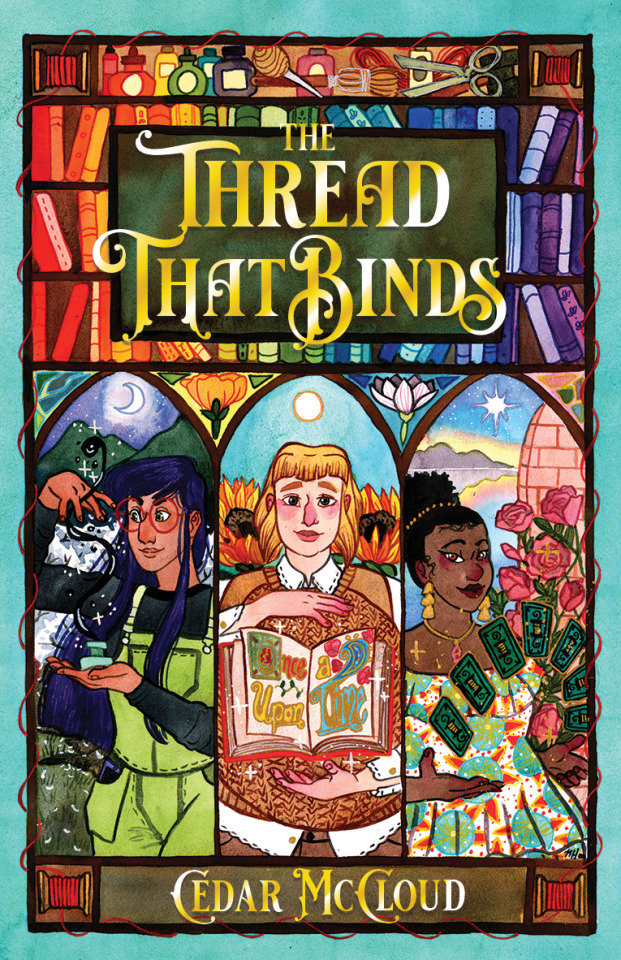

Book Titles:
The Heartbreak Bakery by A.R. Capetta
The Evolving Truth of Ever-Stronger Will by Maya MacGregor
In the Care of Magic by Robin Jo Margaret
Our Bloody Pearl by D.N. Bryn
When the Angels Left the Old Country by Sacha Lamb
Something Spectacular by Alexis Hall
The Thread That Binds by Cedar McCloud
Werecockroach by Polenth Blake
#the heartbreak bakery#a.r. capetta#the evolving truth of ever-stronger will#maya macgregor#in the care of magic#robin jo margaret#our bloody pearl#these treacherous tides#d.n. bryn#when the angels left the old country#sacha lamb#something spectacular#alexis hall#the thread that binds#cedar mccloud#werecockroach#polenth blake#agender pride day#agender books#agender#nonbinary#nonbinary books#trans book of the day#trans books#queer books#bookblr#booklr
295 notes
·
View notes
Text
What is Generative AI and Its Key Applications Today

Generative AI, a rapidly evolving field of artificial intelligence, is gaining significant attention for its remarkable ability to create original content across various formats, including text, images, and videos. This innovative technology is driving advancements in numerous sectors, making it crucial to understand its definition, functionality, and applications in today's landscape.
Definition and Functionality of Generative AI
Generative AI refers to a subset of artificial intelligence that employs generative models to produce unique and original content in response to user prompts. This technology distinguishes itself from other AI forms by its focus on content generation, utilizing deep learning techniques, particularly neural networks, to analyze extensive datasets and replicate identified patterns to produce outputs resembling human creativity.
What is Generative AI?
Essentially, generative AI is a branch of artificial intelligence aimed at generating new data that mimics the characteristics of existing data. This technology enables the production of text, media, and various other content forms, effectively allowing machines to create materials that can be indistinguishable from those crafted by humans.

Computer AI Why I keep losing How Does Generative AI Work? The operation of generative AI involves several key steps, allowing it to generate content tailored to the needs of users: - Prompt Input: The process begins when users provide a prompt, which can be text, an image, a video, or other data types. This input serves as a guide for the AI to generate the desired output. - Neural Networks: Generative AI employs intricate neural network architectures, such as Generative Adversarial Networks (GANs), Variational Autoencoders (VAEs), and Transformers, to process the input data and produce new content based on the learned patterns. - Training: These models are typically trained on extensive, often unlabeled datasets. During this phase, the AI learns to identify patterns and structures within the data, enabling it to generate outputs that reflect human-like creativity and decision-making processes.
Key Technologies and Models Used in Generative AI
A variety of cutting-edge technologies and models underpin generative AI, enhancing its capability to create innovative content. Generative Adversarial Networks (GANs) GANs are a pioneering class of generative models comprised of two competing neural networks: a generator and a discriminator. The generator is responsible for creating content, while the discriminator evaluates the authenticity of this content. As these two networks engage in a continuous interplay, they both improve over time, resulting in increasingly sophisticated output from the generator. Transformers and Large Language Models (LLMs) Recent advancements in transformer architectures have significantly bolstered the evolvement of generative AI, especially in natural language processing. Large Language Models, such as OpenAI's GPT-4, exemplify this trend by enabling the AI to generate high-quality text and media based on user-defined natural language prompts.
Applications and Use Cases of Generative AI
Generative AI applications are diverse and transformative, permeating various industries and sectors. Creative Industries In the realm of creativity, generative AI is making waves in fields like writing, art, and fashion. Tools such as DALL-E and Midjourney are notable for their ability to create visual art from simple text descriptions, thereby revolutionizing the creative process and inspiring new artistic avenues. Healthcare Generative AI's role in healthcare extends to personalizing treatments and enhancing educational methodologies within medical education. By generating specific data patterns relevant to patients, AI can assist healthcare professionals in crafting tailored treatment plans. Software Development In software development, generative AI is proving invaluable by aiding programmers in code generation and automating certain tasks. Tools like ChatGPT and Copilot exemplify this application, enhancing productivity and allowing developers to focus on more complex problem-solving challenges. Customer Service and Marketing Generative AI has also found applications in customer service, particularly through chatbots that engage users and address inquiries efficiently. Additionally, it is used to create captivating marketing content, driving engagement and interest in various brands and products. Education Explorations into education have shown that generative AI can enhance teaching methods through adaptive learning techniques. AI-generated educational content can provide personalized material that caters to individual learning needs, thereby improving overall educational experiences..
The Benefits and Limitations of Generative AI
While generative AI holds substantial promise, it is essential to consider both its advantages and challenges. Benefits of Generative AI One of the most notable benefits of generative AI is its capability to foster creativity and innovation. The technology enables users to explore novel solutions and produces a wide array of outputs, enhancing sector-wide creativity. It also streamlines content creation processes by allowing users to articulate their requests in simple language and obtain tailored results effortlessly. Limitations and Ethical Concerns However, concerns surrounding the misuse of generative AI technologies are paramount. Issues such as the generation of deepfakes, misinformation, and potential cybercrime highlight the necessity for ethical governance and responsible deployment of these technologies. Furthermore, intellectual property rights and data bias in AI models have surfaced as critical issues that require attention and resolution.
Future Developments in Generative AI
The trajectory of generative AI is poised for significant expansion across multiple domains. Expanding into 3D Modeling and Product Design Generative AI is expected to greatly impact product design and 3D modeling, allowing for rapid creation of innovative designs and facilitating experimentation with new organizational models. Advancements in Supply Chains and Business Processes In the realm of business, generative AI can optimize processes and enhance supply chain management by supporting sophisticated risk assessments and opportunity analyses. Impacts on Drug Development and Digital Twins The potential for generative AI to contribute to drug discovery and the development of digital twins for accurate simulations opens up exciting avenues for research and development, with promising implications for future healthcare advancements.
Distinctions Between Generative AI and Other Types of AI
A thorough understanding of generative AI necessitates clarifying its distinctions from other artificial intelligence forms. Generative AI vs. General AI While generative AI focuses primarily on creating new content through machine learning techniques, General AI (Artificial General Intelligence) pertains to systems that possess human-like intelligence and autonomy—still largely a theoretical domain. Generative AI vs. Machine Learning Generative AI is specifically a subfield of AI that employs machine learning techniques to produce new data, distinguishing it from other machine learning applications that primarily emphasize decision-making, pattern recognition, and prediction. Generative AI vs. Regenerative AI Generative AI centers on creativity and originality, generating fresh content. In contrast, Regenerative AI focuses on building self-improving AI systems that are sustainable and durable without continual human intervention. In summary, generative AI offers remarkable opportunities for innovation and creativity while presenting various challenges related to ethical concerns and biases. Its applications across diverse industries indicate its potential to transform how we create and interact with content. The ongoing evolution of generative AI is paving the way for exciting developments, and as we advance, the importance of responsible usage cannot be understated. To discover more similar news, visit my blog at FROZENLEAVES NEWS. ``` Read the full article
0 notes
Text

A.R. Penck - An evening with Pam Partizan
63 notes
·
View notes
Text

A.R. Penck (German, 1939-2017), Rock I, 1984. Dispersion on canvas, 160 x 130 cm.
71 notes
·
View notes
Text










"There is my heart, and then there is you, and I'm not sure there is a difference."
~ A.R. Asher
#jamie and claire#jamie x claire#jamie fraser#claire fraser#outlander#evolution of love#heartandsoulofoutlander#timeless love#forever and always#love and devotion#i will find you#quote#a.r. asher
180 notes
·
View notes
Text

A.R. Kingsford & Son - The Winding River, n.d.
#gelatin silver print#A.R. Kingsford#A.R. Kingsford & Son#hand colored gelatin silver print#color photography#hand colored
201 notes
·
View notes

